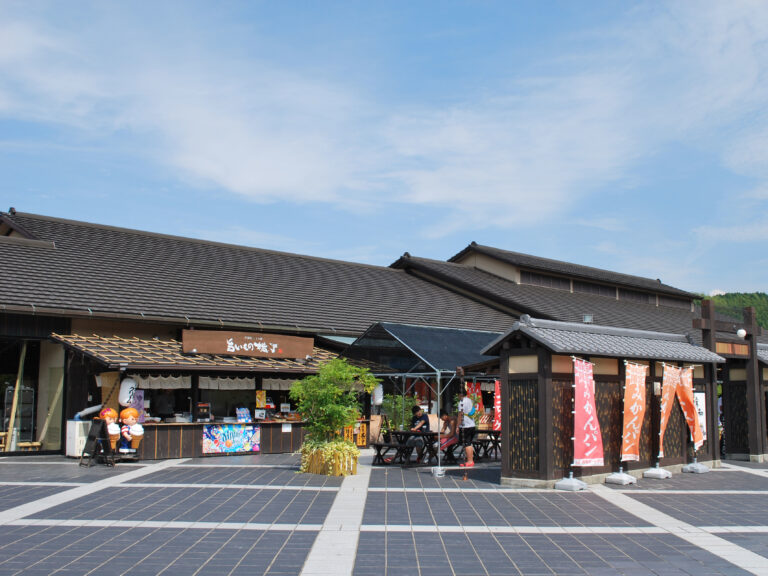
It is the first service area to be found when you leave Kansai International Airport, and the building is a calm building with the image of an Edo period machiya. You can enjoy meals and shopping in a relaxed way. In April 2022, the restaurant corner “Cafe & Restaurant Bazai Bud [Bakalai]” was renewed. In addition to being able to enjoy authentic fresh pasta, the menu is further enhanced, such as offering original sweets limited to Kishiwada. The shopping corner is also more fully developed than before, such as a corner where you can enjoy ramen from all over the country and a corner where you can handle a souvenir that specializes in the three capitals of Kobe, Osaka Kyoto.

Convenient service area when heading towards Kansai International Airport or Wakayama. It features a pure Japanese appearance in the style of a samurai house, and a Japanese garden is located beside the building, making it a perfect resting spot for the drive. The grand opening was made in August 2022, and the facilities are new and more accessible. In the food court's "Oyoshirō Shokudo", "Inukyō Pork's Chigenana Udon Set Meal" and "Strike Ein High Speed Straight Amitama (Soy Sauce)", which was supervised by a well-known restaurant in Osaka Tenjinbashi, are popular menus. I would also like to taste "Umi Umi Kishu Ume no Se", which is topped with Kishu Minami-Kō plum and vegetable-kake-fried.
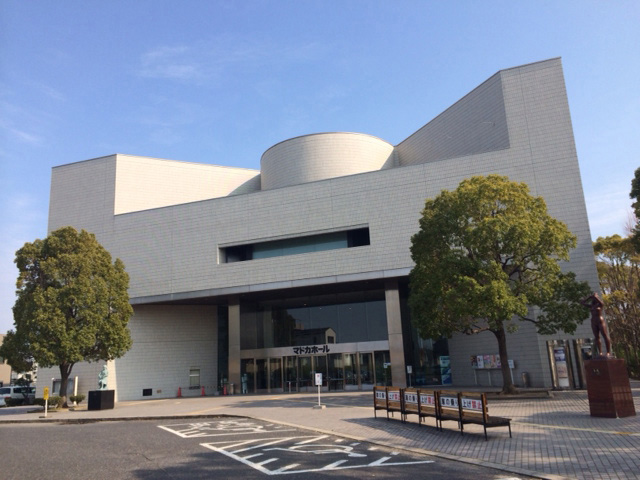
As a base for cultural activities, there is a cultural facility with a conference room, rehearsal room, exhibition hall, and a hall for 500 people. Various classrooms are also held. If you are interested in cultural activities, you would like to visit them.
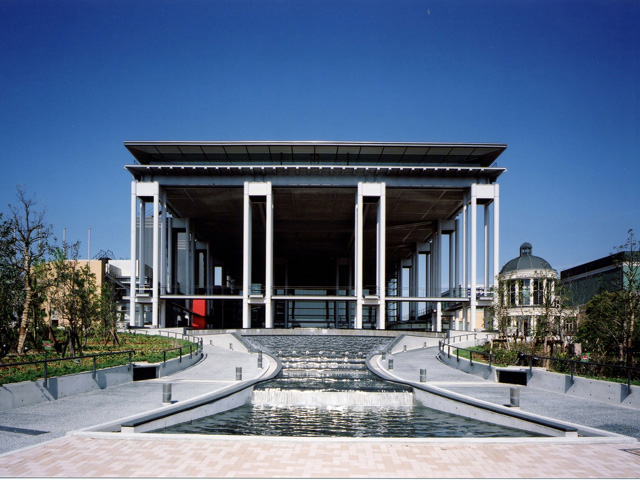
Only 10 minutes by car from Kansai International Airport. In addition to a multi-functional hall with 1552 seats, which is designed to enjoy traditional Japanese performing arts, suitable for Kishiwada, a city full of history, a small theater with a total of 288 seats that flexibly responds to the needs of diversified modern performing arts, a multi-purpose hall, five-language simultaneous interpretation booth A special meeting room with a roundtable of 52 people, including a large and small meeting room, a training room, a "food exchange room" complete with tableware in cooking utensils that can accommodate authentic dishes, ballet and theater, there is a practice range that can be used as a place for various practices such as chorus, and a soundproof studio complete with various amplifiers, drum sets, etc.
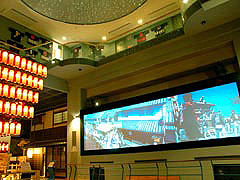
The theme hall of the Danjiri Festival, where you can enjoy a large multi-vision that recreates the power of the festival, 3D footage that runs between the townhouses, and the oldest Danjiri in Kishiwada, which is now in existence, is displayed. There is a corner where you can ride a replica of Danjiri, and also experience the sound of a carpenter.
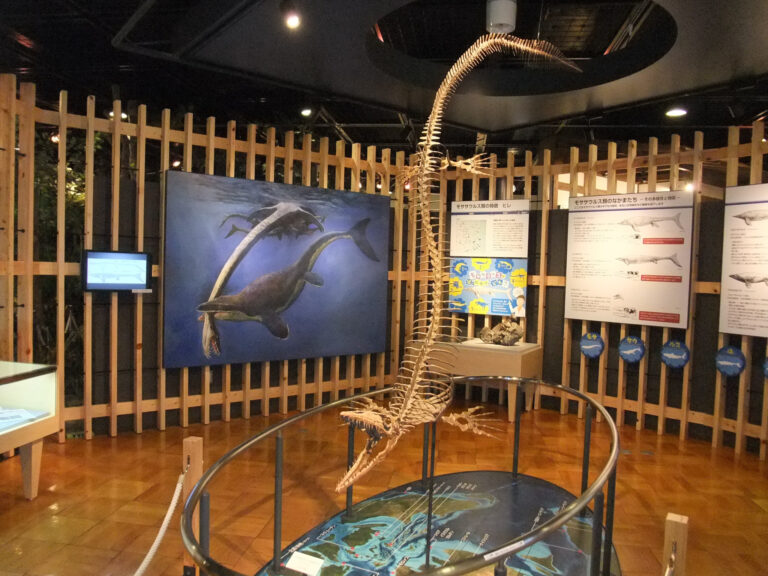
There is a varied natural environment in Kishiwada city area from Mount Izumi Katsuragi, where beech forests spread, down to hills and flatlands with satoyama, shaiji forests, and reservoirs, and up to Osaka Bay, once also known as the "Kaya no Umi". The Mesozoic and Cenozoic formations spread beneath the earth, and many fauna and plant fossils have been found so far. In addition to introducing the nature of these familiar areas with specimens, dioramas, and models, the permanent exhibition displays more than 100 items of taxidermy of the world's wild animals, which triggered the opening of the building. The company is also focusing on activities to spread, and holds about 100 events a year, such as outdoor observation sessions and practical training sessions.
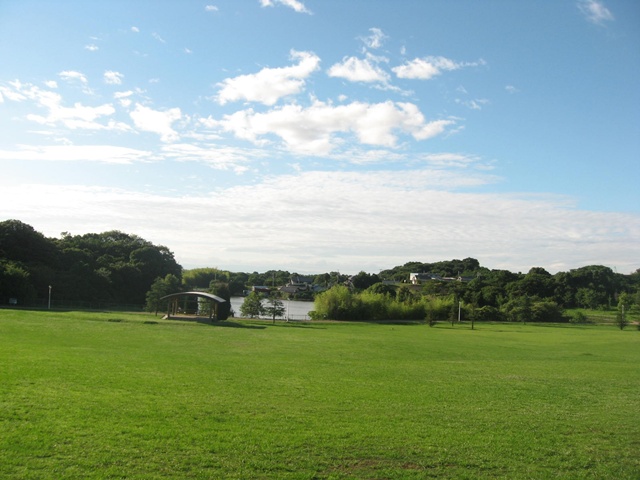
A park full of nature on a hill in the central part of Kishiwada. The family's leisure bustle includes a large pond with swans swimming, a flower garden with four seasons of flowers, a rose garden and a hydrangea garden, a vast large lawn square, an observation deck and huge athletic playground equipment. There are also 16 artificial turf tennis courts (including two center courts) that can be enjoyed by rigid and soft.

In the first year of Jianmu (1334), the then representative warlord, Masasari Kusunoki, had his clan, the Wada Takaya, build a castle on this ground, which was called Kishi. It is said that Mr. Wada on the shore of the Izumi region turned into the place name of "Kishiwada". Later, in the year of Tensho 13 (1585), Koide Hidemasa entered the castle and built a castle tower. Under the Tokugawa administration, the Okabe family was enjoined in Kanei 17 (1640) and ruled for 13 generations, but the five-tiered castle tower was destroyed by lightning in Bunsei 10 (1827). In 1954, a three-layer tower tower made of reinforced concrete was rebuilt, and the city walls and tower were rebuilt in 1969.
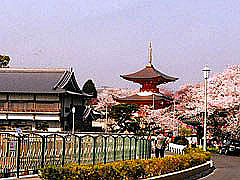
One of the 49 houses built in Kinai by Gyoki, who had entered the Yamato Yakushi-ji temple and studied the Hosho sect. He gathers faith as a temple of scholarship at Emperor Shōbu's Tōbō-ji. It also holds a number of treasures designated by the country's important cultural treasures, including the star mandala map (Hoshimandarazu), which is famous as a Heian painting. The Kume-da burial mound, which was built in the middle of the Kofun period, is also a highlight behind the temple.
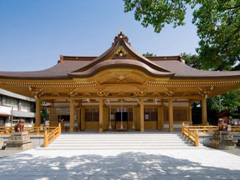
A shrine known by the common name of "Kishijo-san". During the Danjiri Festival, 15 cars enter this shrine. Kishiwada Castle's Jinshō Shrine, and Kishiwada Castle was also famous as the god of the marriage, because Kishiwada Castle was called Chikame Ri-jo.











